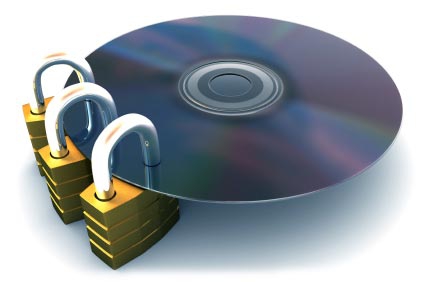Friday, June 17, 2011
A Brief History Of Copy Protection
Posted by Brad Wasson in "Digital Home Talk" @ 07:00 PM
"In October of 1998, the US Senate passed an amendment to United States copyright law criminalizing the production and distribution of technology that would allow consumers to thwart technical copy-restriction methods. Essentially, the Digital Millennium Copyright Act, as it is known, makes it a crime to circumvent anti-piracy measures and outlaws the manufacture, sale, or distribution of code-cracking devices used to illegally copy software. This amendment forms the basis for all that has followed. And there has been a lot to follow."

All you have to do is see or hear the words "Copy Protection" and your mind starts to wander. What can you do and not do? What type of copy protection is in place? What are the legal implications of breaking it? No question, this is complex subject matter that has greatly influenced the handling of digital and analog media. That complexity often tempts some people to ignore the issue and try and circumvent it. A little understanding of the issue would provide some insights as to how copy protection arose in the first place, how it has progressed, and what the future might hold. Fortunately, MaximumPC has provided just such an understanding in a nicely written history of the issue and mechanisms used to achieve it. It's a great primer and a nice weekend read.
- Discuss
- Permalink
- Source: http://www.maximumpc.com/article/features/drm_1998_present_brief_history_copy_protection?page=0,0












